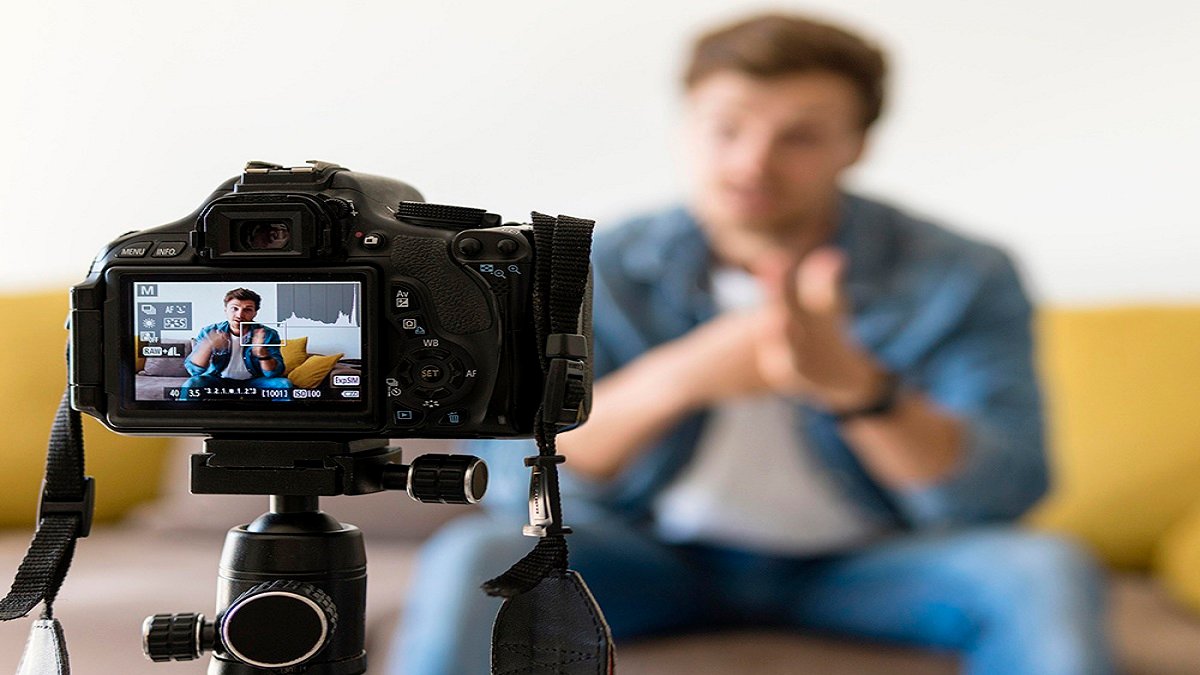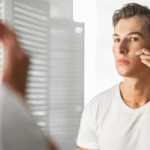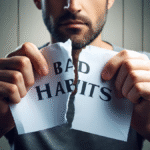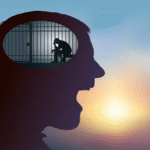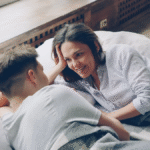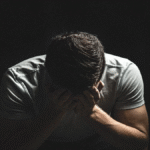Let’s admit one thing. Not all of us look like Chris Evans or Elizabeth Olsen. That doesn’t imply we should be shy of the camera. Even some celebrities like Salma Hayek, Ryan Gosling, Penelope Cruz, and Scarlett Johansson thought they were not good-looking enough, but eventually, they realized it is not only about looks; there are many tips for looking good on camera.
It’s difficult to predict whether your appearance in front of the camera will match your appearance in the mirror. Because of lens distortion caused by certain focus lengths that might flatten down your features, the camera can really add ten pounds in some situations.
The version of you that appears on screen may not resemble the stressed-out, gaunt reflection you see in the bathroom sink, especially when considering the effects of lighting, color schemes, and unflattering shadows.
Ways To Look Good On Camera
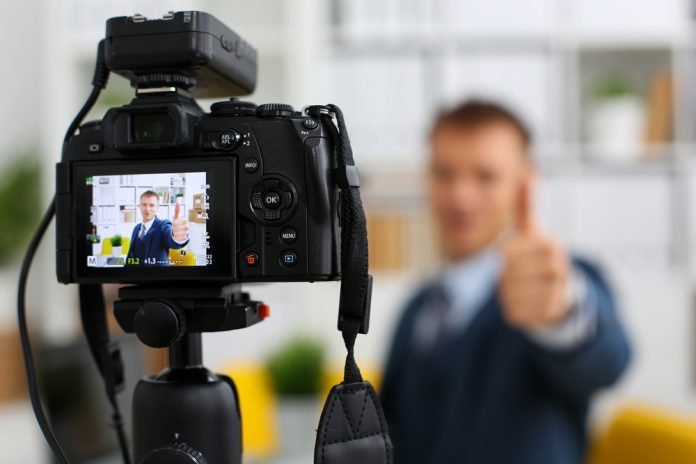
1. Use Good Lighting
The importance of lighting cannot be overstated. Restaurants strive for subdued lighting to add romance, while photographers strive for the “golden hour.” Natural light is your biggest ally when attempting to market your house. The tips for looking good on camera are no different. The lighting and quality of your virtual conversations or live streaming video may help you seem more professional.
Lighting behind you will make it difficult to view your face and features, while lighting above you tends to cast heavy shadows on your face. Choose front-facing natural lighting so that you may face the light. For gentle, attractive lighting that will wow your audience, you may also spend money on a ring light.
2. Know Your Angles
You can greatly influence how you appear on camera by adjusting your body language and facial expressions. For example, Ariana Grande is known to prefer showing the left side of her face, often to conceal a Buzz Aldrin tattoo on her right cheek.
This demonstrates how small changes in positioning can significantly impact the way you present yourself on camera. While every individual’s face is unique, certain angles, like those shot from below the chin or beneath the eyeliner, can be unflattering, often leading to the appearance of a double chin.
To achieve a more flattering image, here are key tips on how to look good on camera: First, “aim to fill in shadows without over-lighting,” as proper lighting can enhance your features and reduce harsh contrasts. Second, “choose an angle that makes you feel as at ease and comfortable as possible,” as confidence and comfort often translate into the best shots.
3. Take Care of Your Skin
The camera can reveal details about your skin that might go unnoticed in the mirror, such as wrinkles, oily patches, acne, and enlarged pores. This is due to the fact that cameras often capture light in a unique way, thereby highlighting small imperfections that may not be readily visible to the human eye.
To ensure you look your best on camera, it’s essential to take proper care of your skin beforehand. Start with a healthy skincare routine, ensuring your face is clean, hydrated, and moisturized. Matte makeup is a wonderful option, as it helps control shine and prevents your skin from looking oily or greasy under bright lights.
Additionally, make sure to wipe away any sweat or excess oil before stepping in front of the camera, as this will give your skin a smoother, more polished appearance. These simple steps can make a big difference in how you look and feel during video calls or photo shoots.
4. Use A Green Screen
You may use a green screen if you want to switch up your backdrop or add one that matches the topic of your live show. Meteorologists do not actually stand in front of a huge map or other visual aids when predicting the weather on television. Because of this, you may add whatever backdrop you want and change the images instantly.
It is easier to distinguish a human subject from a solid-color backdrop when the background is a color that is not present in our skin tones, like green or blue; the screen is green (or sometimes blue).
5. Think About The Rest Of The Frame
The backdrop and décor of your video play a significant role in conveying a message to your audience and are some of the tips for looking good on camera. The environment you choose reflects not only your style but also the tone and professionalism of your content.
It’s essential to carefully consider your surroundings, as they can either enhance or detract from the message you’re trying to communicate. For example, if you’re filming a serious video for a medical fundraising campaign, you may want to avoid any distracting or unprofessional elements in the background, such as clutter or overly casual décor.
A clean, minimalistic setting can help maintain a respectful, professional atmosphere. On the other hand, if you’re creating content for children, vibrant colors and playful visual effects might be more appropriate, helping to keep the energy light and engaging. Ultimately, the background should complement the purpose of your video, reinforcing your message and maintaining the desired mood.
6. Be Aware Of Your Posture And Eye Contact
You also need to consider your body alignment, eye contact, and posture as an answer to how to look good on camera. You already know how to position the camera to get the ideal viewpoint, but you also need to utilize proper posture, particularly if you’re sitting down to record.
Making eye contact is also crucial. Just as in a face-to-face discussion, make eye contact with the camera and the audience, even though you cannot see them. Look straight at the camera rather than at your own words. Speaking with a smile can show your audience that you are enthusiastic and will help you maintain their interest.
Read More: 9 Tips To Overcome Camera Anxiety
7. Examine Your Accessories And Colors
On camera, the color of your clothing may make a huge impact. For almost every skin tone, subdued neutrals like creams and grays, as well as certain solid hues like reds and blues, look appealing. The color of your clothes should ideally stand out against your surroundings. Steer clear of bright colors on a light backdrop or dark colors on a dark background.
Unless it’s a conscious character choice, stay away from loud patterns or tiny stripes. Stripes may create “moire,” also known as an interference pattern, which is a distracting, wavy image that occurs when complex or repeated patterns are larger than a camera’s sensor resolution. Additionally, stay away from loud jewelry or materials like rustling velvet or clinking bracelets, as well as trademarks and logos.
8. Use The Proper Camera
Your content and money will determine which camera is appropriate for it. Some smartphones can capture high-quality video, which is helpful if you want to create TikTok or don’t want to spend a lot of money on expensive camera equipment. However, trying out DSLR or mirrorless cameras may be a fantastic (and reasonably priced) compromise. Lenses are ultimately responsible for photo composition.
A good camera body with one basic lens may not let you achieve the qualities you’re looking for, such as a long zoom on a distant subject or a dynamic depth of field. However, having a range of lenses, especially a zoom lens with varying focal lengths, allows you to experiment with different compositions.
Wide-angle lenses, for example, might produce a distorted size disparity on screen because distant topics and objects will look much smaller than those in the front. Without physically shifting the camera’s position, a telephoto lens may give more magnification and framing while bringing subjects and objects closer.
9. Have Screen Tests
Performing a screen test before your actual shoot can help you avoid common mistakes, as people often look different on video than they do in real life. A screen test allows you to assess how you appear on camera and make adjustments accordingly. Take a moment to check for issues like flyaway hairs, shine on your skin, or an incorrectly matched foundation shade, especially around your neck area.
On camera, you can magnify these subtle details that you might miss in person. To ensure the screen test is effective, it’s important to use the same camera and lighting setup that you plan to use during the actual shoot.
This consistency will help you identify any potential issues with how the lighting affects your features and allow you to make the necessary adjustments before you start filming. A quick test can save time and help you feel more confident.
Why Some Aren’t Confident Facing A Camera
For many people, the idea of facing a camera—whether for a photo, video, or livestream—can trigger feelings of discomfort or even anxiety. This lack of confidence in front of the lens is more common than you might think and can be attributed to several psychological and social factors.
Self-image and self-esteem are major contributing factors. Many people are overly critical of how they look on camera, often focusing on perceived imperfections such as wrinkles, body shape, or posture. This is exacerbated by the way the camera distorts certain features, making us more aware of aspects we would normally overlook in everyday life.
The discomfort is also linked to fear of judgment; when we know others are watching, we become hyper-aware of how we present ourselves, leading to heightened self-consciousness.
Another contributing factor is the lack of experience. For those not used to being in front of a camera, the unfamiliarity of the situation can create nervousness. The pressure to perform, look natural, or appear engaging can feel overwhelming, particularly in situations like live broadcasts or virtual meetings, where there’s no time for retakes.
Lastly, social comparison plays a role. The rise of social media exposes many individuals to highly curated, flawless images, potentially making them feel inadequate by comparison.
Following the tips for looking good on camera often involves practice, self-compassion, and focusing on the message rather than the image, helping individuals overcome their fears and feel more at ease in front of the lens.
FAQ
Q: What makes some individuals seem attractive on camera?
A: In the end, it comes down to basic factors like bone form and how individuals instinctively react in front of the camera. Therefore, it’s a combination of elements, including genetics, health, makeup application, and the photographer’s skill.
Q: Do individuals seem different on camera?
A: It is interpreted by our brains as an accurate representation of our appearance. We are not used to seeing our faces inverted on screens, and when we see a picture, we see a 2D image of ourselves that is not inverted and may vary from what we see in the mirror.
Q: How can my camera angle be improved?
A: One of the greatest methods to give your photos depth and connection is to use the three-quarter perspective. You must place your subject at a little angle to the camera in order to do this. Make sure the person you are filming is positioned with their arms and shoulders relaxed.

